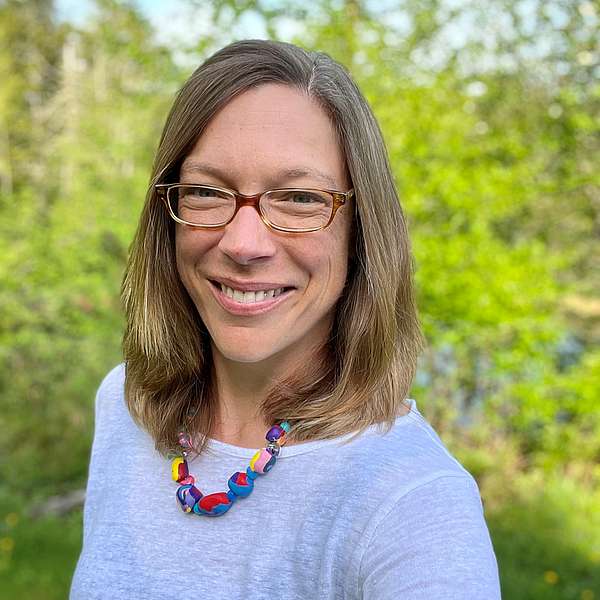Security.
This is a word I think about a lot. It is at the top of the list of our family values pinned to the fridge with shopping lists, pictures of friends, and school artwork. To us, security means feeling safe and connected, and having a warm home and plenty of good food. When you have these things, they can be easy to take for granted. When you do not, it is hard to worry about much else.
Yet, increasingly, many people on our communities do not have secure access to food, housing, and affordable fuel to heat their homes—a dangerous trend.
At the same time, Lamoille County is among the safest places in the nation in the face of climate change. As we welcome newcomers, many of them have stories centered on escaping the stresses and damages associated with severe drought, extreme wildfires, or rising sea levels. Just a few years ago, climate migration seemed to be an abstract phenomenon that was a long way off. Now, we see evidence of it every day.
Stowe grew 20% during the last census. That is a lot. As people continue to relocate to our region in search of safety and a better quality of life, how will we grow sustainably? How will we remain welcoming to newcomers while maintaining our rural small-town character, world-class outdoor recreational opportunities, and high-quality environment? And how will we ensure that residents and workers who cannot afford the rising cost of living are not displaced?
The pace and pattern of changes we are experiencing today in Vermont are like those in the mid-1980s that led to the formation of the Vermont Housing and Conservation Board and local nonprofits like Stowe Land Trust and the Lamoille Housing Partnership. These organizations and their partners have collectively created more than 13,880 affordable homes and helped conserve 438,400 acres of agricultural and recreational lands, forestland, and natural areas across the state since 1987. Those investments have made a big impact on the economic vitality and quality of life of here and in neighboring communities.
But the lands we have protected and the housing that has been created will not be enough to sustain us into the future and provide for the generations that come after us.
According to a Vermont Farm to Plate Food Security brief published earlier this year, “to reduce future risks to our food security, and to protect the most vulnerable, we need to reorient a significant part of our food production to the regional level.” This means that we cannot lose more farms and farmland. What we may once have appreciated purely as an incredible view, will likely soon be an increasingly critical component of how our community feeds itself and our neighbors.
The same is true for fuel. Right now, Europeans are preparing for energy shortfalls this winter as Russia cuts gas supplies related to the war in Ukraine. Although more than 70% of European heating comes from natural gas and electricity, 40 million people heat with wood and they are stocking up. In Vermont, nearly half of all homes are currently headed by wood, mostly firewood harvested from nearby forests. Modern woodstoves and advanced wood heat systems are clean, efficient ways to make effective use of local and renewable sources. Local wood can help meet our heating needs—especially during emergencies and global supply chain disruptions—while also supporting rural, land-based economies.
Our forests also store and sequester carbon, clean water, mitigate floods, provide healthy habitats, and are a source of wood products we enjoy and depend on every day. We cannot afford to continue losing forest to suburban and rural sprawl at the current rate of 10,000 acres a year across Vermont. Working with forests to help meet our energy needs is another way to ensure they stay as forests that can provide these multiple benefits.
We will not be able to build our way out of our current housing crisis, but we do need to be prepared for more growth of our built environment—more houses, commercial buildings, and roads—to accommodate more people. We will have to accept tradeoffs: different kinds of construction and denser development in some places to maintain the open space we value in others. And to ensure some of the new housing is affordable for people who live and work in our communities, much of it will need to be built with significant public support and financial investment.
We cannot achieve security individually. For everyone in our community to thrive, we must work together. There are no easy solutions, and our collective action needs to cut across sectors, embrace traditions, and seek out innovation. More changes are coming, but acting together, we can build a sustainable future that works for all.
